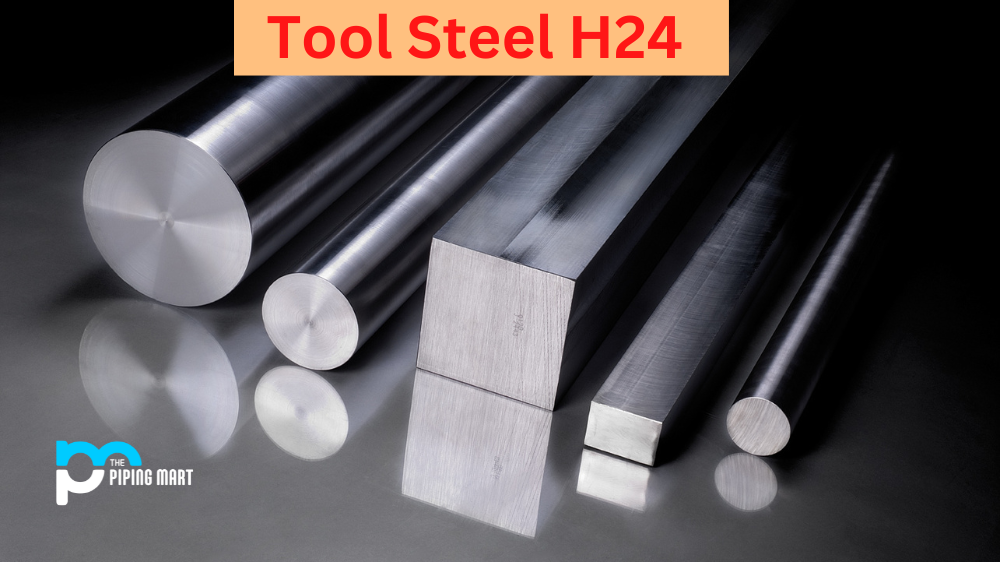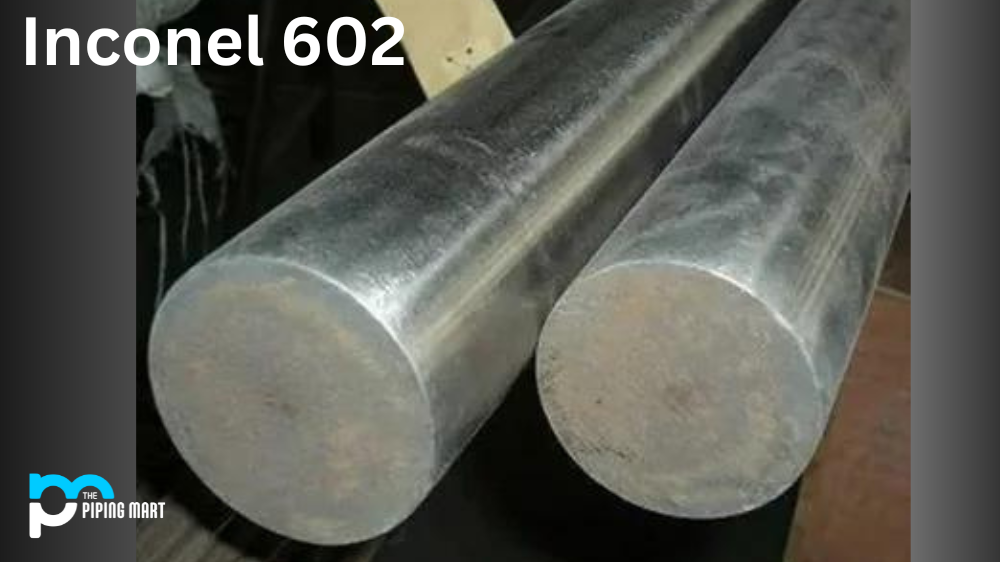Stainless steel is an alloy of iron, chromium, carbon, and other elements. It’s used in various products, from kitchen appliances to industrial machinery. Among the many types of stainless steel available, 439 stainless steel stands out for its superior corrosion resistance and durability. Let’s explore what makes 439 stainless steel special and how to get the most out of it.
439 Stainless Steel Composition
UNS S43035 is an 18-8 austenitic stainless steel that contains chromium, nickel, titanium, and aluminium as primary alloying elements. This type of steel has excellent formability and weldability that are enhanced by its low carbon content. In addition to its corrosion resistance properties, 439 stainless steel offers good mechanical properties at low and elevated temperatures.
| Element | Content (%) |
|---|---|
| Iron, Fe | 81.3535 |
| Chromium, Cr | 17.35 |
| Silicon, Si | 0.35 |
| Titanium, Ti | 0.335 |
| Manganese, Mn | 0.25 |
| Nickel, Ni | 0.200 |
| Molybdenum, Mo | 0.1 |
| Niobium, Nb (columbium, Cb) | 0.02 |
| Phosphorous, P | 0.02 |
| Nitrogen, N | 0.0100 |
| Carbon, C | 0.01 |
| Sulfur, S | 0.0015 |
439 Stainless Steel Physical Properties
The physical characteristics of UNS S43035 include a melting point range between 2550°F – 2700°F (1400°C – 1480°C), a tensile strength range between 80ksi – 95ksi (550MPa – 655MPa), good ductility, excellent formability up to 0.062 in., excellent work hardening properties, and good magnetic properties in both the annealed and cold worked conditions. The density of 439 stainless steel is 0.285 lb/in3 (7.90 g/cm3).
| Density, lb/in3 | 0.278 |
| Modulus of Elasticity, psi | 29.0 x 106 |
| Coefficient of Thermal Expansion, 68-212˚F, /˚F | 5.6 x 10-6 |
| Thermal Conductivity, Btu/ft hr ˚F | 14.0 |
| Specific Heat, Btu/lb ˚F | 0.11 |
| Electrical Resistivity, Microohm-in | 24.8 |
439 Stainless Steel Mechanical Properties
The mechanical properties of UNS S43035 sheets depend on the fabrication’s composition and heat treatment procedure. For instance, when it is cold-worked or hot-worked at temperatures below 1202°F (650°C), it exhibits higher strength than when it’s treated at temperatures above 1202°F (650°C). The yield strength ranges between 40ksi – 75ksi (275MPa – 515MPa) and the ultimate tensile strength ranges between 80ksi – 95ksi (550MPa – 655MPa).
This type of stainless steel also offers excellent corrosion resistance against various organic acids like formic acid and acetic acid, with pH values ranging from 2-5%.
| Properties | Metric | Imperial |
|---|---|---|
| Tensile strength (annealed) | 438 MPa | 63500 psi |
| Yield strength (annealed/ @strain 0.200 %) | 263 MPa | 38100 psi |
| Modulus of elasticity | GPa | ksi |
| Poisson’s ratio | 0.270 – 0.290 | 0.270 – 0.290 |
| Elongation at break (In 2″, 50% cold worked) | 2.80% | 2.80% |
| Hardness, Rockwell B (annealed) | 72.9 | 72.9 |
439 Stainless Steel Uses
Because of its superior corrosion resistance capabilities compared to other common types of steel such as 304L or 316L grades, 439 stainless sheets of steel can be used in a wide variety of applications such as automotive exhaust systems components; architectural trim; kitchen equipment; refrigerator; fuel tanks; boilers; chemical processing equipment; etc. It can also be used for food contact surfaces without risk to human health due to its non-toxic nature and rust-proof.
439 Stainless Steel Equivalent
- DIN 1.4510
Conclusion
As one can see from this overview about UNS S43035, this type of material offers great formability combined with superior corrosion resistance capabilities, which allow it to be used for many different applications where high levels are required, such as automotive exhaust systems components, architectural trim; kitchen equipment; refrigerators; fuel tanks; boilers; chemical processing equipment etc. By understanding all the physical & mechanical properties mentioned above, you will have all you need to know to use this versatile material properly & get the best out of it.
Meet Heer, a dynamic and driven writer learning tricks of her trade in the metal industry. With a background in Digital Marketing, Heer brings a unique perspective to her writing, sharing valuable insights. Apart from blogging she like reading and hiking.




